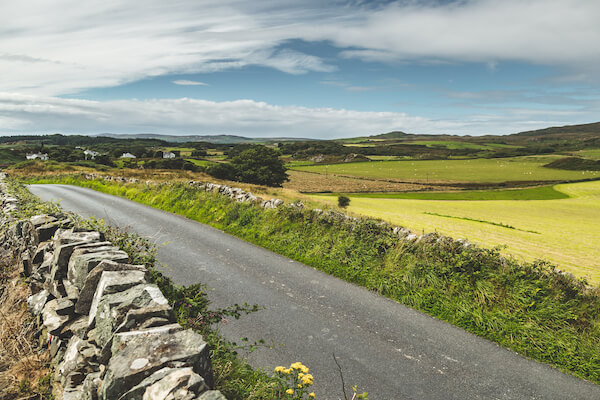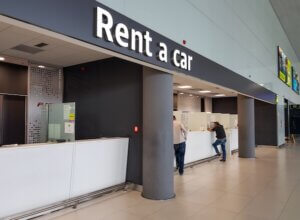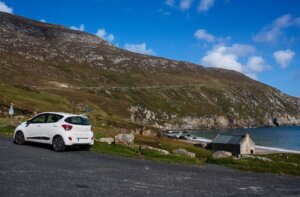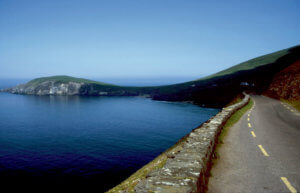Are you thinking about taking a trip to Ireland and exploring the Emerald Isle?

This is a sponsored post that includes affiliate links. Clicking on the links will not incur an additional cost to you.
In terms of transportation, the best option for some visitors coming to Ireland from Great Britain (England, Scotland, and Wales) and Europe (primarily Western France, Spain, and Portugal) may involve traveling to Ireland with their own cars.
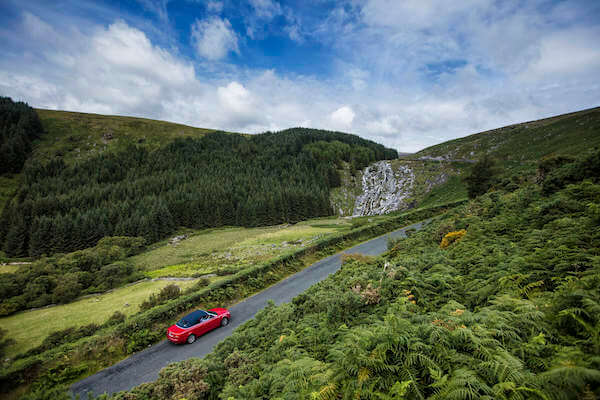
Bringing your own vehicle means that you’ll be more comfortable criss-crossing the country in a car that you are familiar with and avoiding the need to rent a car or take public transportation.
In addition to being practical for many visitors to Ireland, there are some things that you should take into consideration if you decide to take your car to Ireland.
Tip #1: Get Your Car Checked
If you are taking your own car to Ireland, make sure to get it checked before you go.
The last thing that you want is to end up on the side of the road far away from home.
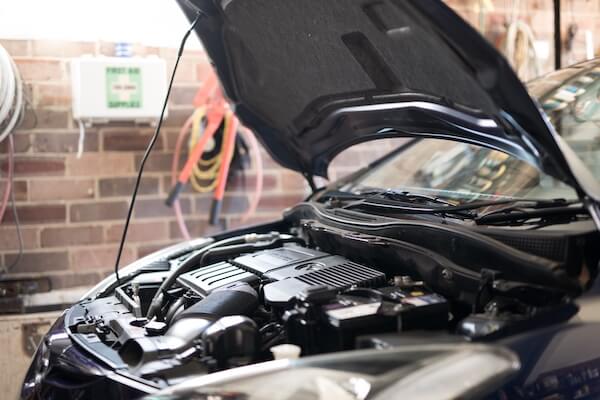
This can be avoided if you make sure that your car is in the right condition.
That includes getting it serviced at your local garage or doing simple under-the-bonnet checks yourself and checking your tires to ensure they are in good condition for the Irish roads.

You might even be thinking about buying a new and/or used car and christening it with your trip. This can provide you with a memorable experience in your new vehicle.
Companies such as Edmunds can help you choose the best option for a travel experience like this. Making sure that a new or used car is in good condition for a long road trip is obviously also important.
Tip #2: Consider the Additional Mileage that You’ll Incur
If you decide to take your own car to Ireland, you’ll need to consider the additional mileage that will be incurred on a trip like this.
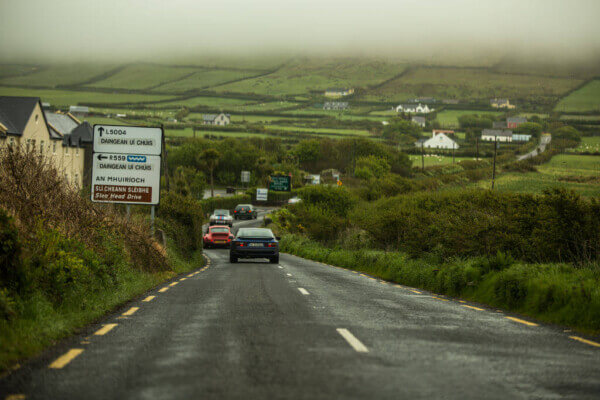
Ireland is a small country, but if you are planning on driving all over the island, it could add a lot of miles to your odometer.
This could be an issue if you have an older car or if you lease a car in your home country given that most car leases have mileage limitations.
If mileage is a concern, renting a car might be a better alternative, albeit a more expensive one.
Tip #3: Be Prepared for Driving on Ireland’s Narrow Roads
While Ireland's roadway system is as modern as many other European countries, with plenty of motorways, driving your own car in Ireland may be the safer option especially if you plan to explore the country’s remote regions, where some roads are rather narrow.
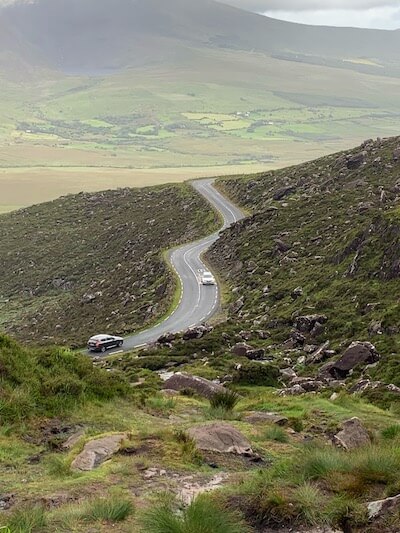
In addition, driving your own car will make the whole experience more comfortable for you, and you’ll no doubt find that it’s easier to handle your car on roads that you are unsure of or that you haven’t traveled on before.
There are a few things you should remember, even if driving on roads in Great Britain and Europe is familiar to you.
For example, you might find that there are turns and drops in these narrow roads that you didn’t expect, and this is especially true if you head off the beaten track.
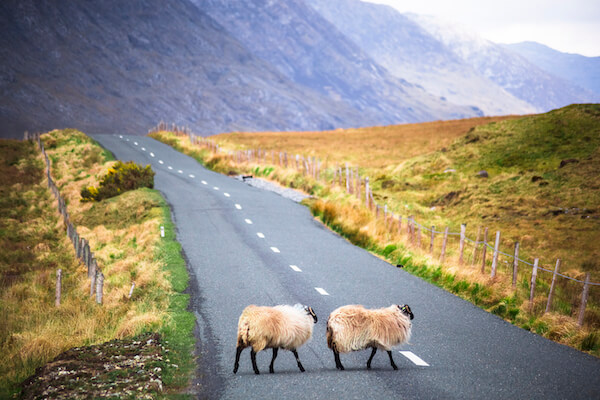
The width of some of Ireland’s country roads is most noticeable when making turns.
If, when turning left, you remember to hug the curb to avoid straying into the other lane and keeping your turns wide when making right turns, you’ll be fine.
This maneuver is more difficult for North American and European drivers who are used to driving on the right. For British drivers who are used to driving on the left, it’s definitely easier.
If you find yourself on a narrow road and there is another vehicle coming toward you, it’s best to pull over to the side to let that car pass. This is a frequent practice in Ireland, so even if you don’t do it, local drivers will.
The same goes for animals on the road, which is a common occurrence in rural Ireland as farmers move cows and sheep from one field to the next.
Tip #4: Pay Attention to the Road Signs
While many countries adhere to pretty much the same rules of the road, obviously when you’re in Ireland, expect the rules to be a little different, including the speed limit.
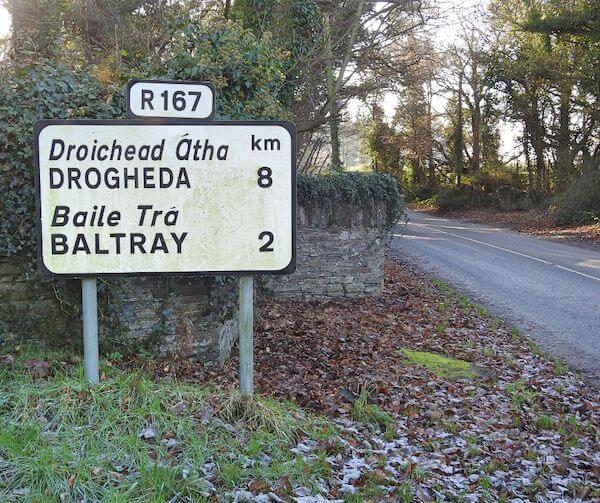
Ireland’s limits are registered in kilometers while Northern Ireland is like Great Britain and is measured in miles.
In the Republic of Ireland, the limits are 50 mph (80 km/h) for local and regional roads, 62 mph (100 km/h) for primary and secondary roads, otherwise known as National Routes, and 75 mph (120 km/h) for motorways.
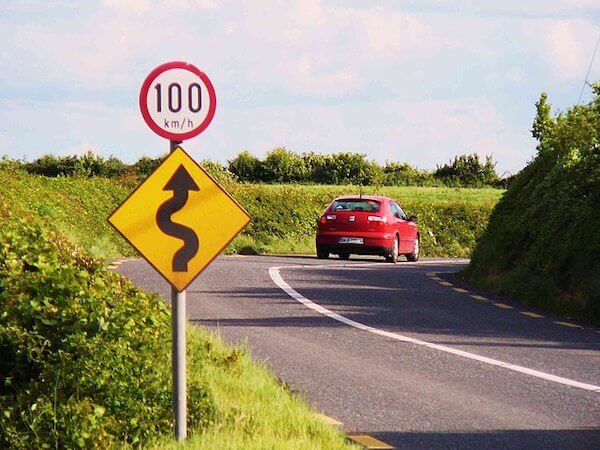
The speed limit in towns and cities in Northern Ireland is 30 mph (45 km/h), on open roads, it is 60 mph (95 km/h), and on motorways, it is 70 mph (110 km/h).
Get yourself acquainted with the various types of roads in Ireland and their designations, including the M for motorways, N for national roads, R for regional roads, and L for local roads, all of which are followed by various numbers.
Get Wifi in Ireland With WifiCandy (take 10% off with code irelandonabudget)
Tip #5: Make Sure You Have the Proper Insurance
Before embarking on your vacation to Ireland, be sure that your current vehicle insurance will cover you while you are driving in Ireland.
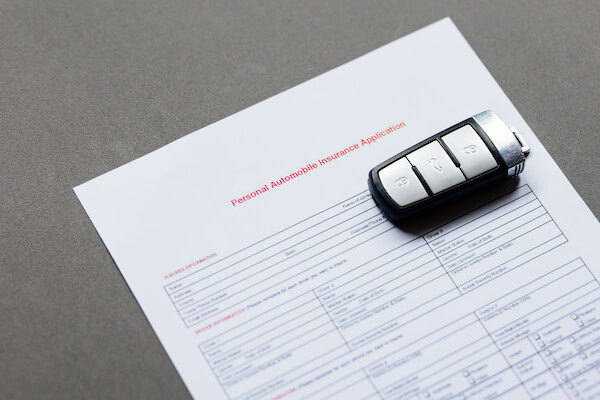
Some insurance companies in Great Britain or Europe may not provide the same level of coverage or protection if you take your vehicle out of the country.
Drivers in Great Britain generally won’t need any additional car insurance to cover them while in Ireland, but it may be a good idea to add comprehensive coverage to your policy if you don’t already have it.
You should call your insurance company directly to iron out the details before you decide to book your trip, including asking about breakdown coverage, in addition to coverage for theft and damage.

After the passage of Brexit, all British-based drivers (and those living in Northern Ireland) who were arriving in Ireland by car were required to present a Green Card insurance document.
That is no longer necessary for British and EU drivers entering Ireland.
A Certificate of Motor Insurance is recommended, however, in case you are asked for it when boarding the ferry from either France or Great Britain.
Make sure your car’s tax registration is up-to-date and that your vehicle has passed its yearly inspection test. And of course, bring your driver’s license with you.
Tip #6 – Explore the Most Convenient Ferry Options
From Great Britain, taking your car to Ireland is relatively easy.
Three ferry options are available. They include the following:
- P&O Irish Ferries: Liverpool to Dublin five times a week.
- The Stena Line: Holyhead (Wales) to Dublin (Dun Laoghaire) seven times a week; Belfast to Cairnryan (Scotland) in 12 daily sailings; Liverpool to Belfast twice daily, and Fishguard (Wales) to Rosslare twice a day.
- Irish Ferries: Holyhead to Dublin, with 10 departures a day, and Pembroke (Wales) to Rosslare, 14 times a week.

There are three ferry routes between France and Ireland, providing a total of eight sailings per week. They include the following:
- Irish Ferries: Cherbourg to Dublin, four times a week
- Brittany Ferries: Cherbourg to Rosslare, twice a week, and Roscoff to Cork, twice a week.
- Stena Line: Cherbourg to Rosslare, three times a week.
Do you plan on taking your car to Ireland? Let me know in the comments below.

